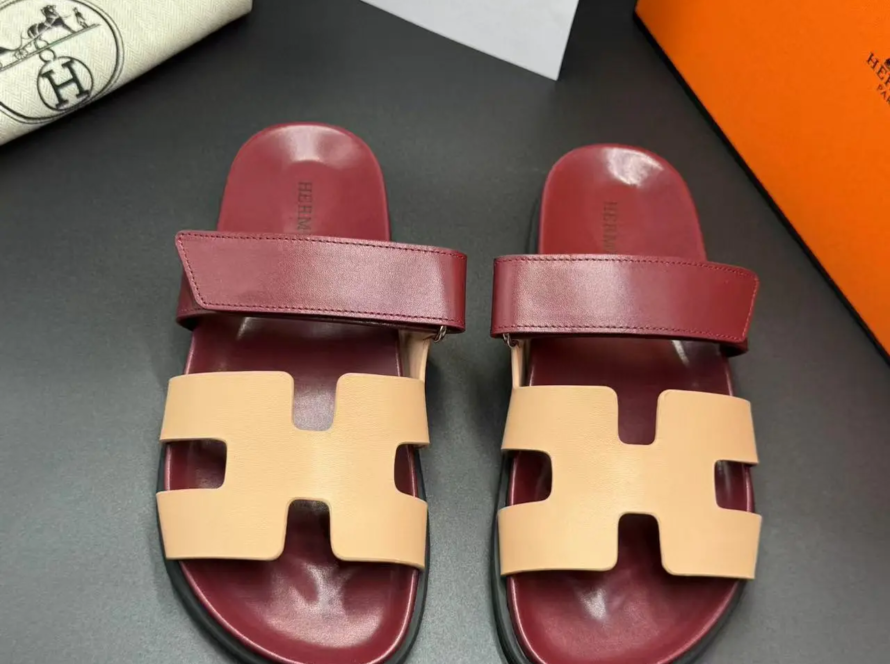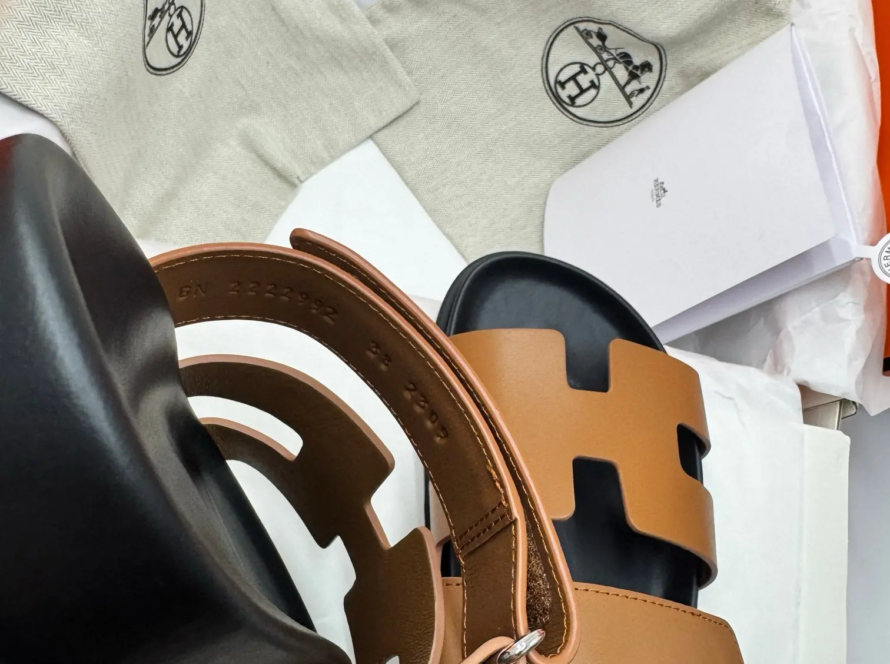The Art of Armor: Why Every Pair of Luxury Leather Shoes Should Come with Waterproofing Spray
When you invest in a pair of well-made leather shoes—whether they’re custom oxfords, Italian loafers or hand-stitched Chelsea boots—you’re buying more than just footwear. You will receive a heritage piece that is a testament to artistry, tradition and timeless style. However, even the most delicate leather is susceptible to its eternal enemy: water. Rain-soaked streets, accidental spills, and morning dew can damage the integrity and beauty of your prized property. As a result, waterproofing spray has become not just an accessory, but a must-have tool in your luxury shoe care arsenal.
The Science of Protection: How Waterproofing Sprays Work
High-performance waterproofing sprays for leather are designed with advanced fluoropolymer or silicone-based compounds. These formulas create an invisible breathable barrier on the surface of the leather, allowing water to bead up and roll off rather than penetrating into the material. The best sprays utilize nanotechnology to bond with leather fibers at a molecular level, ensuring protection without clogging pores or altering the leather’s natural breathability.
For the discerning collector, it is crucial to understand that not all sprays are created equal. Luxury-grade formula avoids the use of cheap waxes or petroleum distillates, which can discolor leather, inhibit its natural patina, or leave a greasy residue. Instead, they prioritized microporous membranes that repel moisture while allowing leather "breathe," Maintains its softness and prevents cracking over time.
Why luxury leather requires specialized care
Mass-market leather products typically feature highly processed leather with an artificial topcoat. In contrast, luxury and custom shoes often feature untreated or minimally processed full-grain leather or aniline leather to showcase the natural texture, variation and artisan craftsmanship. While this improves aesthetics, it also makes the leather more porous and susceptible to water damage. Without protection, exposure to moisture can cause:
- hardening and cracking when oil is washed away
- dyeing from mineral-rich water or urban pollutants
- Warp Delicate last or structured toe box
- lose luster Made from polished or exotic leathers (e.g. crocodile, ostrich)
Premium waterproof spray acts as a preventative to extend the life of your shoes while maintaining their performance "Like new" Features.
Choosing the Right Spray: An Insider’s Guide
-
Compatibility first
Make sure the spray is designed for your leather type. Smooth calfskin, patent leather, suede and exotic leathers all require tailor-made formulas. For example, nubuck/suede sprays contain mild polymers that provide protection without flattening the pile. -
Invisible shield principle
Choose an accent spray "Undetectable protection." Luxury users prioritize maintaining the natural feel and luster of leather. Brands like Saphir, Collonil and Honeywell’s Gardé are revered for their non-greasy, zero-residue finishes. -
Environmental and Health Considerations
Affluent consumers increasingly seek environmentally friendly products. Look for CFC- and PFAS-free aerosols ("forever chemicals") and volatile organic compounds. Brands like Angelus and Tarrago now offer plant-based, biodegradable options without compromising performance. - heritage factors
Brands with centuries-old leather care traditions (such as France’s Renovateur, Britain’s Meltonian) often combine traditional expertise with modern chemistry to provide collectors of vintage or heirloom-grade footwear with peace of mind.
Master your apps: 7 steps to perfect protection
- Thorough cleaning – Use a pH-balanced leather cleaner to remove any dirt or oil that may prevent the spray from adhering.
- completely dry – Allow shoes to air dry for 24 hours after cleaning; residual moisture will trap repellent on the surface.
- test patch – Apply a small amount to an inconspicuous area (inside the tongue) to check for discoloration.
- Spray evenly – Place jars in a well-ventilated area, 6-8 inches apart. Use a sweeping motion – never soak the leather.
- focus on seams – Seams are hot spots for water intrusion; apply a second, thin coat along the welt line.
- Correct treatment – Let the shoes sit away from heat for 12 hours to ensure adequate adhesion.
- Reapply strategically – High wear areas (toe, heel) may require touch-ups every 4-6 weeks; full recoat every 6 months.
Myths dispelled: Things luxury buyers often misunderstand
- Myth 1: "Waterproofing makes leather impermeable to water."
the truth: Insect repellent spray is waterproof but not submersible. They buy you time to wipe away water droplets before they become saturated. - Myth 2: "It will change the patina of the leather."
the truth: Premium spray is UV stable and non-yellowing. Many (like Saphir Super Invulner) enhance color depth. - Myth 3: "An all-natural oil, such as mink oil, will suffice."
the truth: Oil can condition, but not waterproof. Over-application can darken the leather and attract dirt.
investment perspective
For a pair of $1,200 John Lobb oxfords, a $25 repellent spray isn’t an expense, it’s insurance. It can prevent over $150 in rebuilding costs or irreversible damage from a single storm. Additionally, protected shoes retain a higher resale value on luxury consignment marketplaces like The RealReal or Vestiaire Collective.
Beyond the Rain: Hidden Benefits
- Salt damage prevention – Spray prevents winter de-icing salts from corroding leather.
- Antifouling properties – Many modern formulas repel dirt and dust, simplifying cleaning.
- travel safety – Prevent moisture in the cargo hold or champagne from spilling in first class.
Conclusion: Conservation as a philosophy
For connoisseurs, waterproofing spray is not just about practicality, it’s an extension of the meticulous care that defines true luxury. Just like a collector controls the climate of a wine cellar or an art lover filters UV rays from gallery lighting, protecting leather from moisture honors the craftsmanship behind each pair of shoes. By incorporating quality protection into your care, you can ensure that decades from now, your shoes will still be telling a story of uncompromising elegance.
FAQ: Leather Shoe Waterproofing Spray
Q1: Can I use the same spray on all leather products?
A: While many sprays work on smooth leather, delicate materials like suede, exotic leather, or patent leather require specialized formulas. Be sure to check the manufacturer’s guidelines.
Q2: Will it affect the breathability of the shoes?
A: A high-quality microporous spray, such as Collonil Carbon Pro, provides protection while maintaining airflow. Avoid cheap silicone products that may create a plastic seal.
Q3: How often should I reapply?
A: Frequency depends on usage. City dwellers who commute daily may need a monthly touch-up; occasional wearers can reapply quarterly. Test by sprinkling water on the leather – if no more beads of water appear, it’s time.
Q4: Can I spray spray on dyed or brightly colored leather?
Answer: Yes, but you must choose a color-preserving spray. Some budget options may result in faint bleaching – antiques with rich patinas should be tested first.
Q5: Will the water resistance hinder future polishing or conditioning?
Answer: No, but you must apply conditioner before spraying. The high-quality spray will not hinder subsequent nourishing products.
Q6: Are there any sprays for vegan leather?
A: Yes, brands like Woly offer plant-based formulas that are compatible with synthetic leather. However, performance varies depending on material composition.
Q7: What is the biggest mistake users make?
A: Spray the spray on dirty shoes. Soil particles can create tiny gaps in the protective layer, reducing effectiveness by up to 60%.
Q8: Can insect repellent spray repair existing water damage?
A: No, they are preventive. To remove stains, consult a professional restorer to avoid permanent damage.



